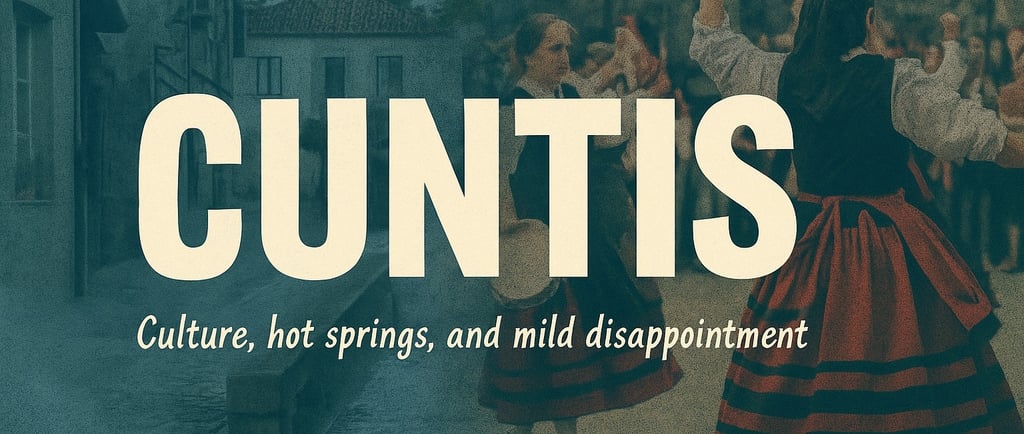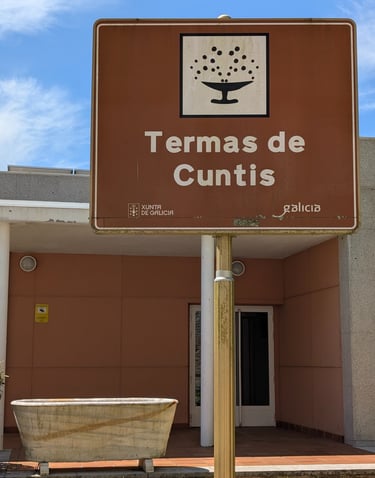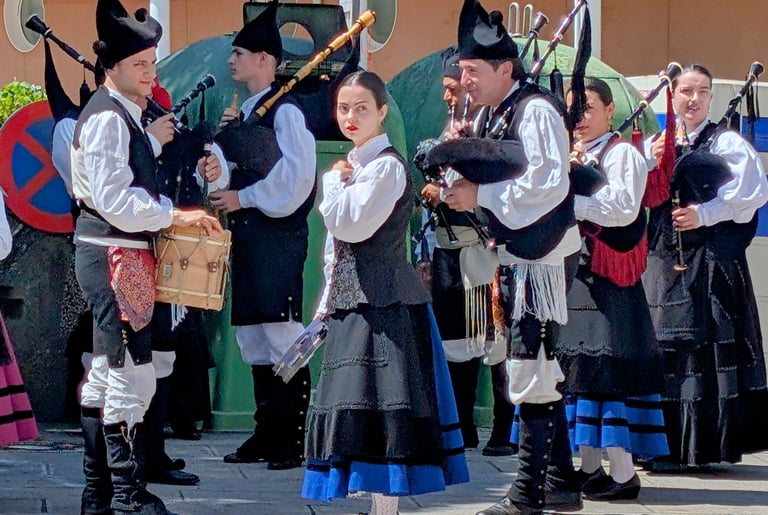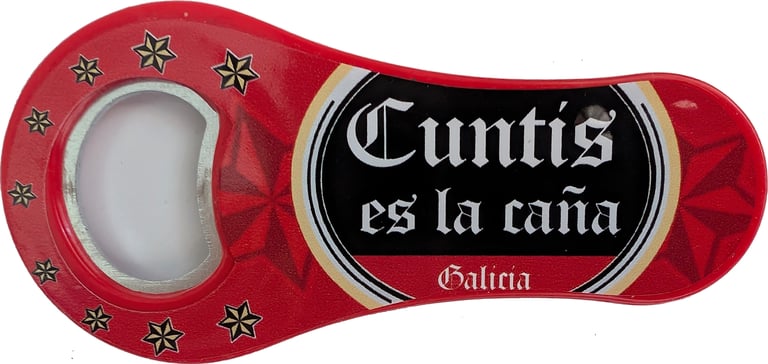Daytrip to CUNTIS: Where Things Were Hot, Wet, and… Underwhelming
Thermal baths, bagpipes, and a name that still makes me giggle. Was it worth it? You already know the answer. .
Hungry Culture
7/7/20253 min read


A Day in Cuntis
I went to Cuntis. Yes, it’s a real town. The name alone invoked my inner soul. I just happened to be looking for a market and stumbled upon a folklore festival in a little village with the best name if you are a native English speaker. I mean, how do you not visit a place called Cuntis when you’re in Galicia with a free Saturday and a dark sense of humor?
Where the hell is Cuntis?
Tucked among the greener parts of Pontevedra, Cuntis is a small spa town with big architectural ambitions and an unexpected flair for funerary heritage. The Romans built hot tubs here, celebrated for their therapeutic properties, while the Gallaeci left behind a castro to remind us who really did rural right. These days, the town is still best known for its thermal baths and a name that makes English speakers do a double take.
If you dig a bit deeper though, you’ll find Galicia’s only underground cemetery: a post-war catacomb beneath the chapel of San Breixo, where more than a hundred cuntienses now rest for eternity in 245 niches carved into the rock. Sadly, I never made it there, but I would have loved to see the cuntienses.


So, were the original villagers just… cunts?
Possibly. Unconfirmed. But honestly? The name likely comes from some Roman root that meant “gathering place” or “wetland,” but we all know history gets written by the people with the pen, not the personality.
Cultura na Rúa: Folklore Cuntis Style
I timed the visit to catch Cultura na Rúa a one-day street festival meant to celebrate the Cuntis traditions, music, and crafts. I arrived just as the seated band was performing their rendition of YMCA whist seated onlookers were miming the letters with their arms. Who knew the Village People were embedded in Cuntis culture


The highlight of the festival was the dancing of the Muiñeira with the gaitas gallegas (the Galician bagpipe) and the panderetas (tambourine) that filled the air, setting a fast folklore tempo for the traditional dance.
The Muiñeira derives from the Galician word muíño, otherwise known as “mill.” They say that the music and dance were inspired by the daily grind of the workers who were literally grinding flour and corn. Back in the day, women stuck working the mill spent hours on end shoving wheat and corn through gears to get flour. To survive the day, these badass ladies kicked up the jams and started busting moves.

Final Verdict: All Name, No Game
Cuntis is a decent day trip if you like the word cunt, if you want to say “I bathed in Cuntis.”, and perhaps if you are already nearby and curious about rural Galician culture.
To call the Cultura na Rúa a festival is pushing it, as it all felt a little undercooked; nothing was really buzzing, and it felt a little like someone forgot to show up
Still, even with the half-baked vibe and blink-and-you’ll-miss-it energy, I left Cuntis grinning.. How could I not? I mean, I spent the day in a town that sounds like an dirty joke, watched the señoras bust out traditional dance moves like folklore rockstars, and learned more than I expected about mills, tambourines, and subterranean cemeteries.
Cuntis may not be the party capital of Galicia, but it’s got character, hot springs, and a name that practically begs for a souvenir T-shirt. I’d go back. If only to say I spent another glorious day in Cuntis.


Got another town with a name that makes you giggle? Send it my way. I’ll bring the sarcasm and sunscreen.
